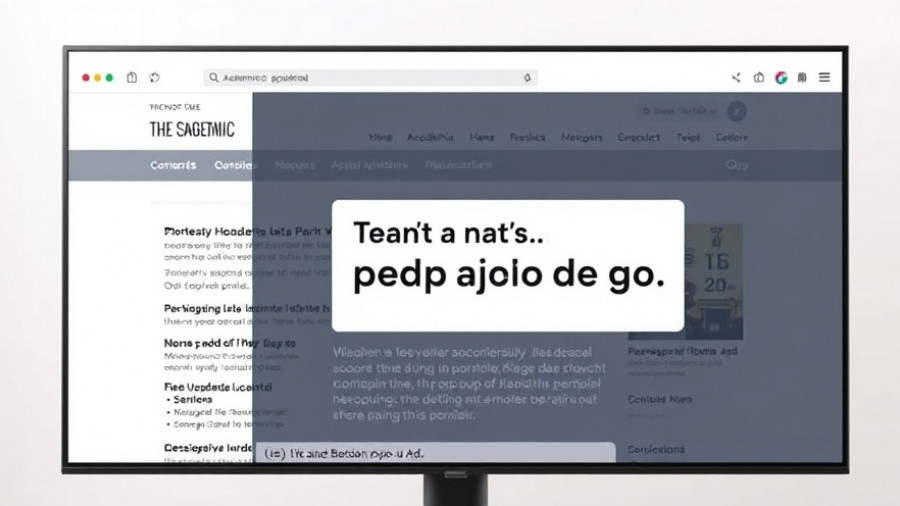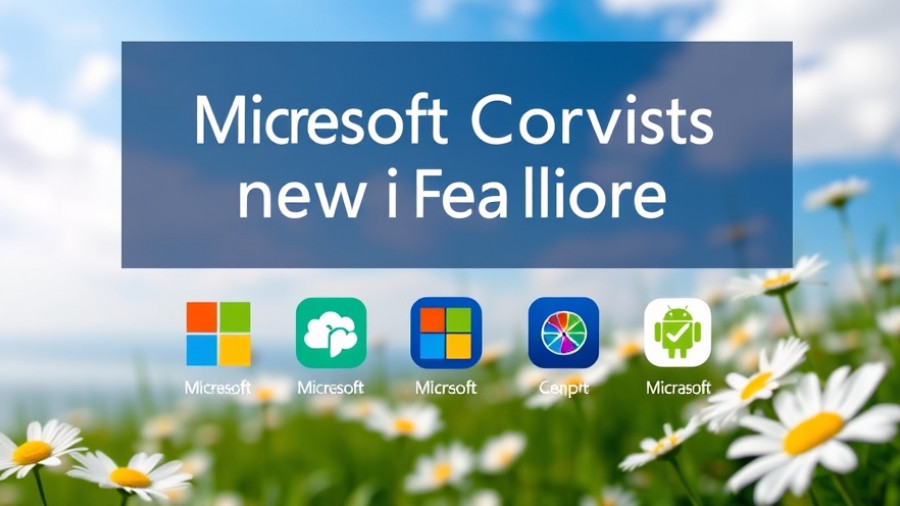
Microsoft’s Copilot App: A Revitalizing Experience for Windows 11 Users
The recently revamped Copilot app is making waves within the Windows 11 community, as Microsoft rolls out a fresh interface designed to enhance user interaction and accessibility. Released in August 2023, this update marks a significant departure from its previous versions, introducing features that not only beautify the app’s appearance but also elevate its functionality. Gone are the stark purple and blue tones replaced with calming bokeh backgrounds adorned with daisies and clouds—an aesthetic shift aiming to reduce cognitive overload and provide a soothing user experience. For those puzzled by the Copilot’s prior functionalities, these changes are framed to eliminate feelings of confusion and encourage exploratory engagement with the app’s capabilities.
Exploring the New Features of Copilot AI
The core of this update revolves around five modules that seamlessly integrate with Windows 11, tailoring the user's journey in ways that make operations smoother and more intuitive. The first of these is the Recent Files module, which acts as a smart companion, mirroring the recent files list found in the Start Menu. This feature lets users interact directly with files, offering options to manipulate or summarize them via AI prompts—facilitating a quicker workflow.
Another intriguing addition is Copilot Pages, where conversations with Copilot can evolve into editable, ongoing projects. This tool enables users to document inquiries and improvements over time, paving the way for deeper research interactions with the AI. This persistent workspace helps to keep everything organized, allowing users to revisit and build upon past discussions.
Enhancing User Agency with the Apps Launcher
The Apps Launcher is perhaps the most exciting feature for active Windows users. With Copilot Vision—a visual interaction tool—users can click directly on apps and ask Copilot questions specific to them. This feature enhances understanding and skill across applications, turning what was once a solitary search into an engaging back-and-forth learning experience. Voice commands imbue a level of accessibility that reduces barriers for users who prefer auditory interactions.
Misconceptions About AI’s Role in Productivity
Historically, there has been skepticism around AI tools. Many users may hesitate to embrace such technologies, adhering to long-held beliefs that they are more cumbersome than helpful. However, Copilot’s new features are effectively demonstrating that AI can alleviate mundane tasks and promote a more efficient work environment. The sentiment should shift to understanding Copilot not as a replacement for human intelligence, but rather as a complementary assistant designed to enhance creativity and productivity.
The Future of Copilot: Insights and Opportunities
Peering into the future, as Microsoft continues to refine Copilot, there are growing opportunities in AI that promise to shape the way users interact with technology. There are speculations that new features will regularly be tested and rolled out to enhance performance. As organizations adopt AI-driven workflows, users will benefit from more profound engagements that prioritize learning and usability. This progressive growth speaks volumes about the direction AI is heading.
In Conclusion: Reasons to Embrace Copilot AI
The redesign of Microsoft Copilot is more than merely a cosmetic enhancement; it offers users the tools to interact with technology more thoughtfully and effectively. As Copilot transitions from a simple assistant to an invaluable partner in productivity, users are encouraged to explore these new capabilities fully. Those who actively familiarize themselves with this AI can expect a smoother, more intuitive experience in their daily workflows.
So why not give the revamped Copilot a try? Your exploration could unveil tools and features that’ll help streamline your tasks and ignite your creative processes.
 Add Row
Add Row  Add
Add 




Write A Comment